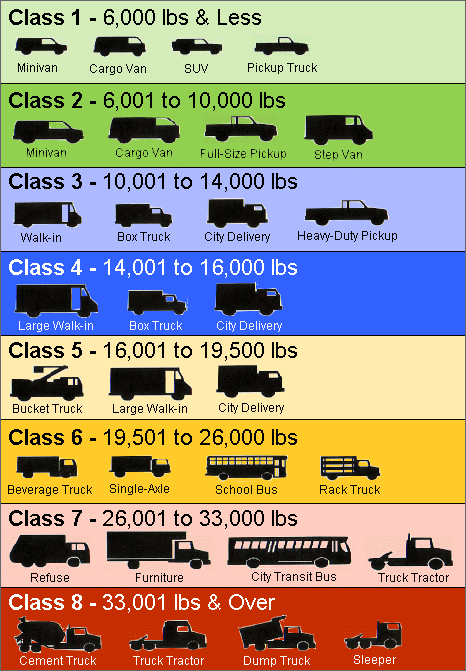calicamper
Expedition Leader
The F150 has like 110 possible variations that directly impacts load capacity be it axle/gearing, power plant, trim version/weight etc. I see posts like this and it typically created by a guy who bought a small truck that basically comes in one general format with very slight changes to trim. Taco basically is a one trick Pony that either gets 4x4 or 2wheel drive and thats it.
You can have 2 F150’s parked next to each other and under the skin they can be mechanically quite different regarding load and critical equipment like gearing etc.
Same for my Expedition it’s definitely mechanically different than my neighbors basic awd mini van Expedition which looks similar but definitely has sizable mechanical differences than my heavy tow pack Expedition. This is something Toyota buyers don’t understand till they buy a big vehicle and realize they bought the wrong version because they thought all 1500’s were the same or they figure out there are considerably different versions they need to research and then double check they are actually getting the one with gear set X vs Y etc.
You can have 2 F150’s parked next to each other and under the skin they can be mechanically quite different regarding load and critical equipment like gearing etc.
Same for my Expedition it’s definitely mechanically different than my neighbors basic awd mini van Expedition which looks similar but definitely has sizable mechanical differences than my heavy tow pack Expedition. This is something Toyota buyers don’t understand till they buy a big vehicle and realize they bought the wrong version because they thought all 1500’s were the same or they figure out there are considerably different versions they need to research and then double check they are actually getting the one with gear set X vs Y etc.



